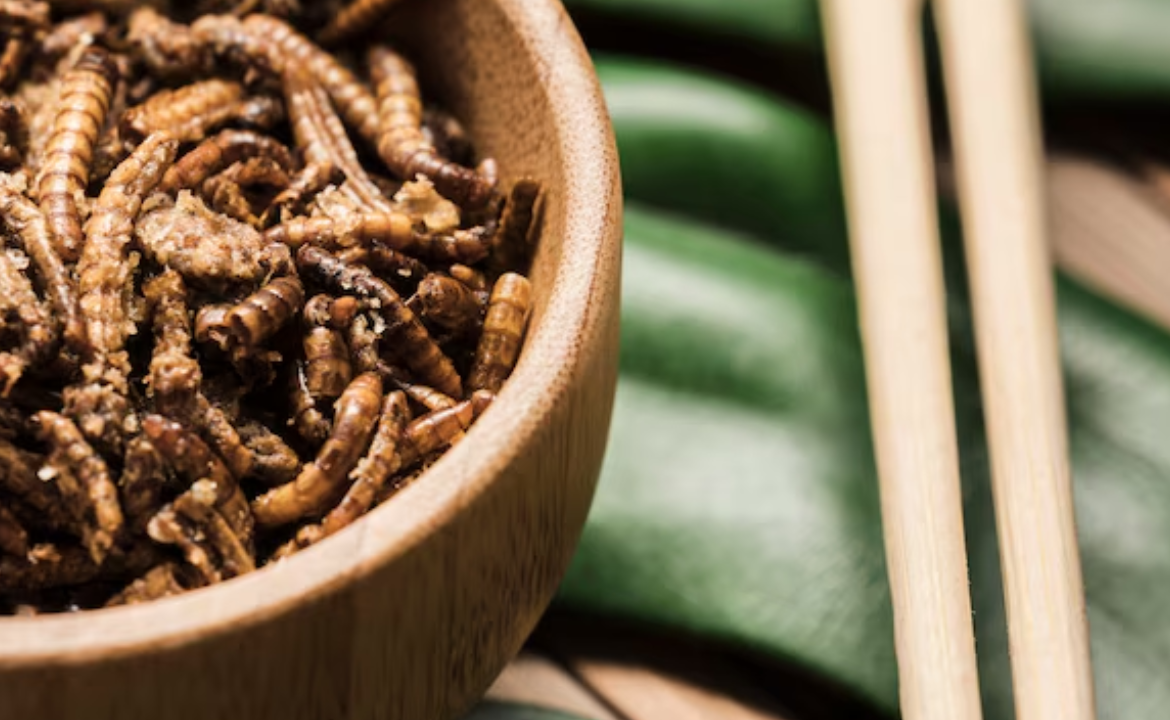
Superworms: Lifecyle, Diet, Benefits of Breeding, and More
Owning reptiles, birds, and even some amphibians. Sounds cool! But guess what? Just like humans have various options, they also have different variations in food.
Superworms, also known as Zophpbas Morio, are a popular feeder for your pet. These worms can make a tasty food choice for you who are looking for the best for your pets with a complete nutritious food source.
Knowing the life cycle and diet of superworms is essential for pet owners who wish to breed their own, ensuring they always have a fresh supply of healthy food for their animals.
Here, we’ll tell you the life cycle of superworms—dietary needs that raise healthy, thriving worms for your pets.
What is the Life Cycle of Superworms
What Do Superworms Eat?
A. Staple Foods
As a proud owner, you know that superworms have a simple yet nutrient-rich diet that helps them grow properly. Their primary food source is grain-based substrates like wheat bran, cornmeal, or oatmeal. These foods serve as nourishment and bedding, making them essential to the superworm’s environment. In addition to grains, fresh vegetables like carrots, potatoes, and leafy greens provide hydration and additional nutrients essential for their growth.
B. Supplementary Foods –
While grain and vegetables are the essential diet of superworms, supplemental foods can offer additional nutrients. For instance, dry dog food can be mixed into bedding for extra protein. Fruits can be offered occasionally, but only in moderation. Apples, melons, and berries provide options, though they should not make up a large portion of their diet due to their high sugar content. This balanced diet ensures that superworms grow strong and healthy, ready for the pupal stage.
C. Foods to Avoid
While superworms are not particularly picky eaters, certain foods should be avoided.
- High-sugar fruits like grapes and watermelon can disrupt their digestion and lead to health problems.
- Similarly, dairy products and processed foods should never be fed to superworms.
These foods can cause imbalances in their diet, potentially leading to mold growth in the substrate and other health issues.
Benefits of Breeding Superworms at Home
Breeding your superworm has plenty of benefits, particularly for owners looking for steady, cost-effective food sources for their reptiles or birds.
- Cost-effectiveness: Buying superworms in bulk can be costly. By breeding your own, you can reduce the need for frequent purchases and have a long-term, budget-friendly solution for feeding your pets.
- Freshness: Home breeding ensures you always have a fresh supply of superworms. Unlike store-bought worms that may have been on the shelves for days or weeks, freshly bred superworms are much more nutritious and beneficial for pets.
- Self-sufficiency: Breeding superworms gives you greater control over your pet’s food quality and availability. With a well-maintained colony, you eliminate the need for frequent pet store trips and can have a consistent, reliable food source whenever your pet needs it.
- Fulfilling hobby: It can also be enjoyable and rewarding. Watching the worms grow and thrive can provide a sense of accomplishment and connection to the care of your pets.
Conclusion
Knowing the life cycle and diet of superworms is essential for providing your pets with a steady, nutritious food source. Breeding your superworms not only ensures freshness and self-sufficiency but also offers a cost-effective and rewarding hobby. By understanding the proper care and feeding practices, you can maintain a healthy superworm colony that benefits your pets and wallet.
